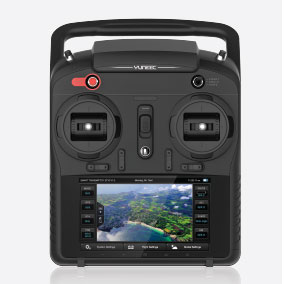This is from DJI themselves.
Quite awesomely one of the techs at DJI listed the top ten reasons for their currently thousands of RMAS a month and guess what the #1 reason for RMAS is? It's not "fly aways", crashes, or anything else you might guess unless you guessed unintentional CSC motor kills.
I understand that the 2 seconds to kill the motors by putting the sticks on either of the lower corners sounds like a strange move to do but if you happen to be flying your Phantom with some fpv like moves or you are used to flying racing drones, it's not such a crazy move.
Or let's say you're descending and you happen to accidentally move the stick a little left or right and you at the same time start strafing left or right, it would not be too difficult to do the same on that side. Well in a couple nano seconds, your motors off bird is making a bee line to the ground.
Tip: it is possible to restart your motors during free fall but unless you are above 250 meters and do it right away, no chance of saving and even if you manage it, you need some luck based on how it's flying. The move is restart motor and IMEEDIATELY ascend up (no thottle forward). Test it in the sim.
I totally understand the need for a CSC fail safe should your bird go rogue and is heading towards a ton of people but if it's the number one RMA, it's obviously too easy to accidentally do. I do fly fpvs so my OCD has me constantly thinking to not accidently CSC and I never have but could totally understand if someone accidentally did and since it's by DJIs own admission the number one reason for RMAs, the solution to cut back on their RMAS is to fix this.
Real simple. Add one level of complexity to force a crash.
For example, those same stick movements but also having to press either one of the assignable bottom buttons. C1 and/or C2.
Proof is in the pudding. It's their main reason for crashing so they are probably putting more people at accidental risk then they are saving by having such an easy CSC. Never mind that they will seriously cut down on RMAs freeing up more time got R&D

Do you guys agree?









